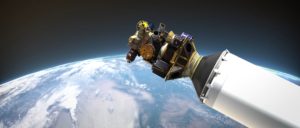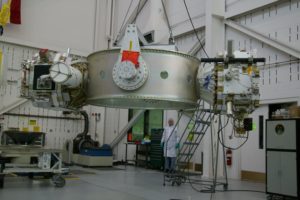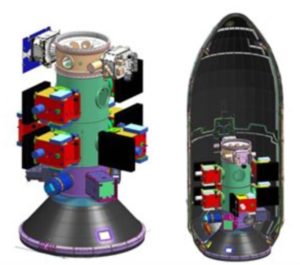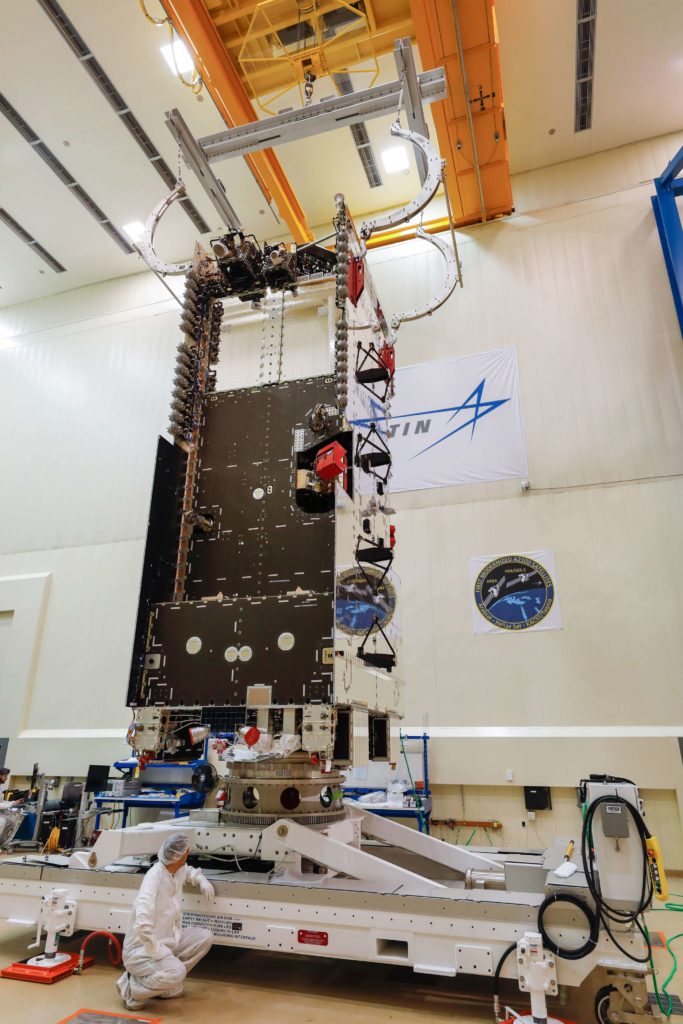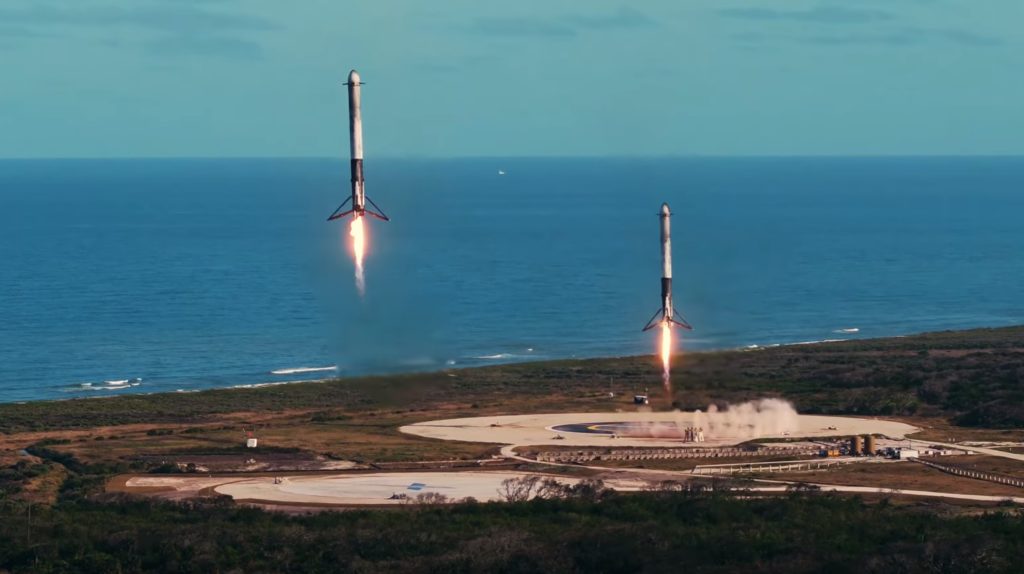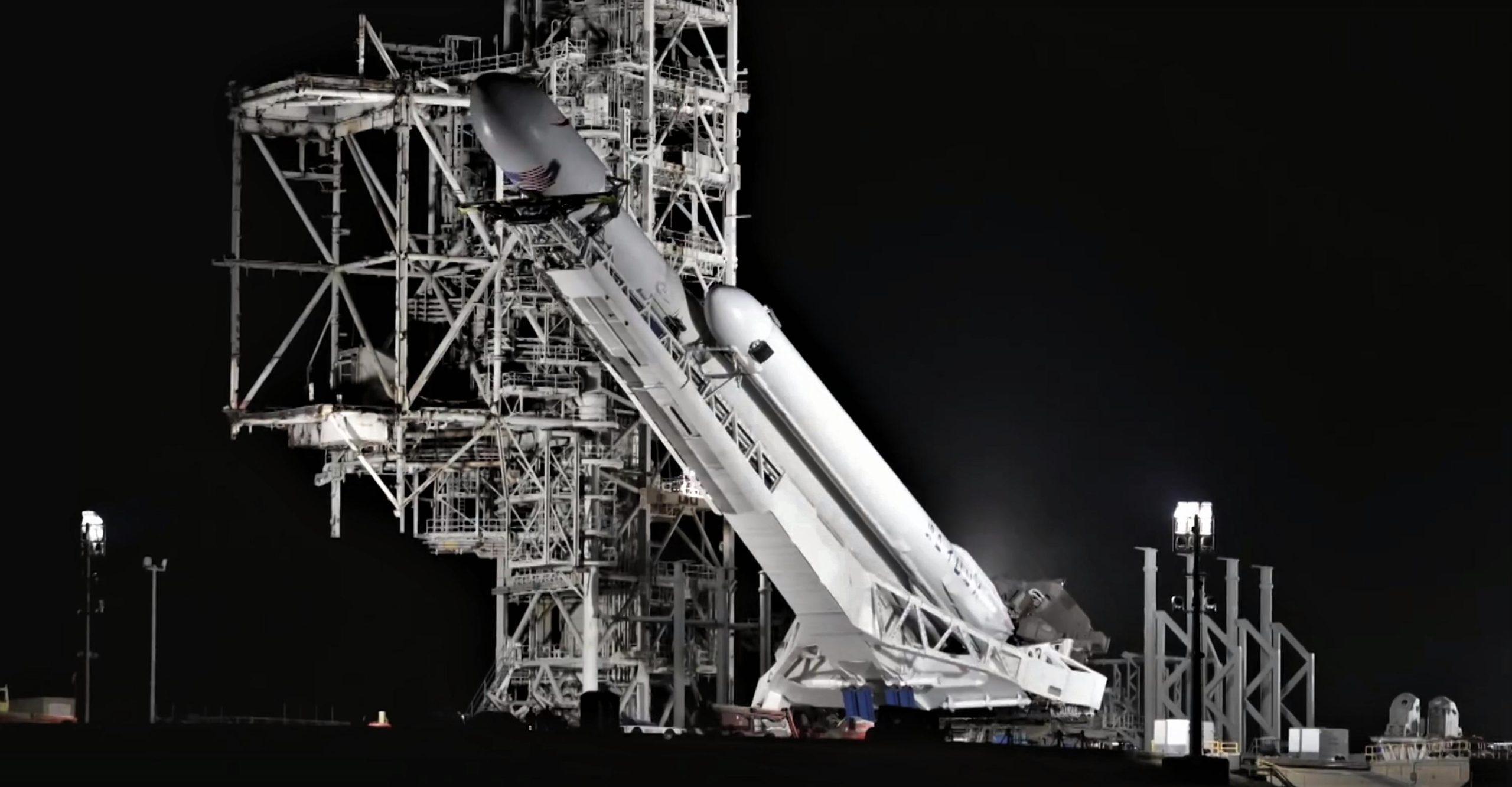
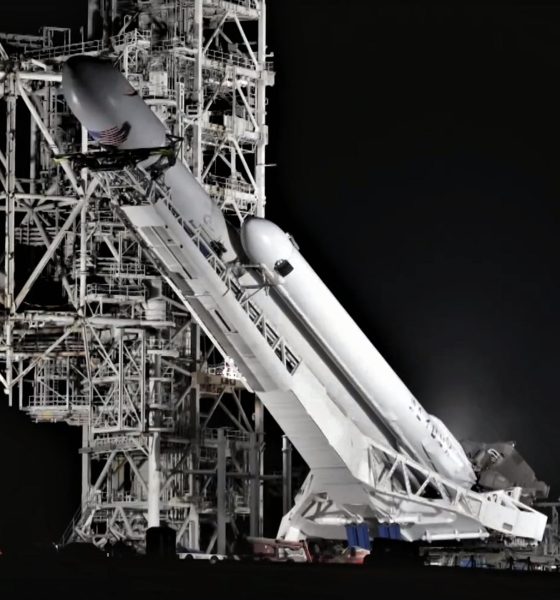
News
SpaceX’s first government Falcon Heavy launch aiming for “early 2019” per USAF
Linked to the rocket and mission through its own LightSail 2 solar sail satellite, The Planetary Society reports that the USAF and SpaceX are now targeting Falcon Heavy’s first launch for a government customer in “early 2019”.
Previously expected to launch around November 30th, just a month from today, it’s clear that SpaceX’s second Falcon Heavy rocket has yet to approach flight readiness, likely marginalized by a more pressing focus on near-term Falcon 9 missions and Crew Dragon’s imminent flight debuts.
LightSail 2 launch pushed to early 2019
An Air Force official says an ‘initial launch capability’ is being reassessed: https://t.co/QYA6NFPP1I pic.twitter.com/RJclLvcbSs
— Planetary Society (@exploreplanets) October 29, 2018
According to Planetary Society, a USAF official provided an update – per the group’s involvement in its STP-2 rideshare launch – stating that its “initial launch capability” was being reassessed, essentially a roundabout way of saying “A new launch date is being determined”. Reasons for the multitude of delays since Falcon Heavy’s successful February 2018 debut are few and far between, with the most likely explanation being some combination of issues with one or several of the ~25 satellites manifested and SpaceX’s ability to build a new Falcon Heavy rocket in time.
However, it’s decidedly ambiguous as to which one of those explanations truly takes precedence, given that SpaceX apparently told the USAF and its customers that it was ready to launch the mission between June and August.
“Officials working on the mission said SpaceX has provided the Air Force and other customers a 60-day window for launch opening on June 13. The Air Force spokesperson confirmed it will be the second Falcon Heavy mission.” – Stephen Clark, SpaceflightNow
Assuming SpaceX’s launch readiness announcement was accurate, the USAF and its customers must have run into some extreme issues while organizing all STP-2 payloads and integrating those satellites onto a custom-built adapter, a task that companies like Spaceflight Industries have shown to often be the long pole of rideshare launches. It’s also possible that SpaceX executives and managers underestimated or undersold the challenge of moving from a Falcon Heavy built solely on old Falcon 9 Block 2 and 3 boosters to an all-Block 5 version of the rocket, featuring a large number of highly-consequential changes like uprated engines and an entirely new approach to assembling each booster’s octaweb.
- Spaceflight’s SSO-A rideshare mission is quite similar to STP-2, albeit with more satellites on the smaller side. (Spaceflight)
- One group of STP-2 passengers, known as DSX, has been awaiting launch for more than eight years. (USAF)
- SpaceX’s second Falcon Heavy launch will either be the USAF’s STP-2, a collection of smaller satellites, or Arabsat 6A, a large communications satellite. (USAF)
Lastly, depending on the nature of the launch contract between them, it’s possible that SpaceX had been planning on reflying Falcon 9 Block 5 boosters as its next Falcon Heavy’s side boosters, a move that would dramatically shorten the lead time required for a new Falcon Heavy to be produced. If the USAF expects or has unconditionally demanded all-new hardware for the launch of STP-2, SpaceX would need at least two (if not three) times the production resources to build and test Falcon Heavy #2, all while paralyzing those resources until well after the rocket’s first flight.
Building three separate Falcon 9/Heavy boosters, acceptance-testing them in Texas, and delivering them to Florida – all under uniquely strict USAF standards – would likely take SpaceX a bare minimum of four months from start to finish. In the guaranteed event that SpaceX had to simultaneously continue regular production, test operations, and preparations for Crew Dragon launches, an all-new Falcon Heavy would likely take more than 6-8 months to make flight-ready while still allowing SpaceX to avoid severe launch delays for its many other customers.
- The communications satellite Arabsat-6A. (Lockheed Martin)
- Falcon Heavy’s side boosters seconds away from near-simultaneous landings at Landing Zones 1 and 2. (SpaceX)
To add additional confusion to the mix, multiple reliable sources have confirmed that STP-2’s actual launch target is closer to March 2019, quite a stretch for “early 2019”. At the same time, Falcon Heavy customer Arabsat has reported that its Arabsat 6A satellite is expected to launch as early as January 2019. Ultimately, clarity can only come from the USAF, Arabsat, or SpaceX itself – for now, we wait.
For prompt updates, on-the-ground perspectives, and unique glimpses of SpaceX’s rocket recovery fleet check out our brand new LaunchPad and LandingZone newsletters!

News
Tesla aims to combat common Full Self-Driving problem with new patent
Tesla writes in the patent that its autonomous and semi-autonomous vehicles are heavily reliant on camera systems to navigate and interact with their environment.
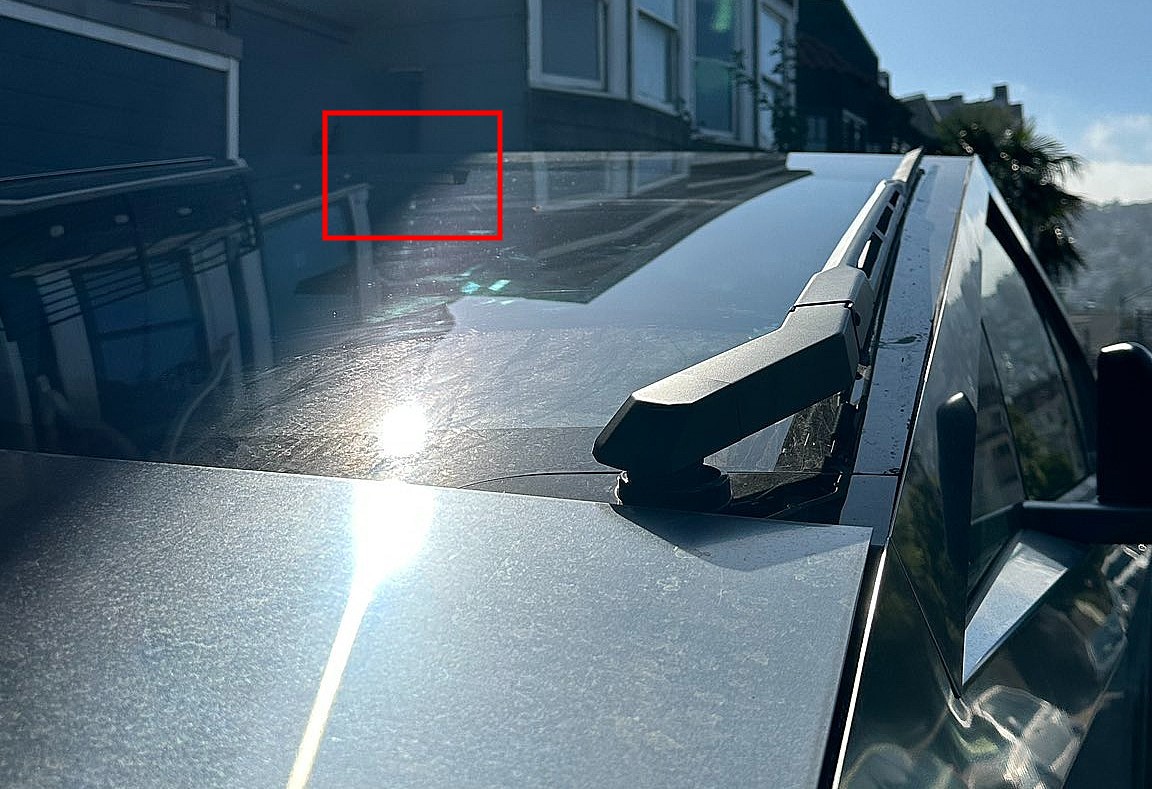
Tesla is aiming to combat a common Full Self-Driving problem with a new patent.
One issue with Tesla’s vision-based approach is that sunlight glare can become a troublesome element of everyday travel. Full Self-Driving is certainly an amazing technology, but there are still things Tesla is aiming to figure out with its development.
Unfortunately, it is extremely difficult to get around this issue, and even humans need ways to combat it when they’re driving, as we commonly use sunglasses or sun visors to give us better visibility.
Cameras obviously do not have these ways to fight sunglare, but a new patent Tesla recently had published aims to fight this through a “glare shield.”
Tesla writes in the patent that its autonomous and semi-autonomous vehicles are heavily reliant on camera systems to navigate and interact with their environment.

The ability to see surroundings is crucial for accurate performance, and glare is one element of interference that has yet to be confronted.
Tesla described the patent, which will utilize “a textured surface composed of an array of micro-cones, or cone-shaped formations, which serve to scatter incident light in various directions, thereby reducing glare and improving camera vision.”

The patent was first spotted by Not a Tesla App.
The design of the micro-cones is the first element of the puzzle to fight the excess glare. The patent says they are “optimized in size, angle, and orientation to minimize Total Hemispherical Reflectance (THR) and reflection penalty, enhancing the camera’s ability to accurately interpret visual data.”
Additionally, there is an electromechanical system for dynamic orientation adjustment, which will allow the micro-cones to move based on the angle of external light sources.
This is not the only thing Tesla is mulling to resolve issues with sunlight glare, as it has also worked on two other ways to combat the problem. One thing the company has discussed is a direct photon count.
CEO Elon Musk said during the Q2 Earnings Call:
“We use an approach which is direct photon count. When you see a processed image, so the image that goes from the sort of photon counter — the silicon photon counter — that then goes through a digital signal processor or image signal processor, that’s normally what happens. And then the image that you see looks all washed out, because if you point the camera at the sun, the post-processing of the photon counting washes things out.”
Future Hardware iterations, like Hardware 5 and Hardware 6, could also integrate better solutions for the sunglare issue, such as neutral density filters or heated lenses, aiming to solve glare more effectively.
Elon Musk
Delaware Supreme Court reinstates Elon Musk’s 2018 Tesla CEO pay package
The unanimous decision criticized the prior total rescission as “improper and inequitable,” arguing that it left Musk uncompensated for six years of transformative leadership at Tesla.

The Delaware Supreme Court has overturned a lower court ruling, reinstating Elon Musk’s 2018 compensation package originally valued at $56 billion but now worth approximately $139 billion due to Tesla’s soaring stock price.
The unanimous decision criticized the prior total rescission as “improper and inequitable,” arguing that it left Musk uncompensated for six years of transformative leadership at Tesla. Musk quickly celebrated the outcome on X, stating that he felt “vindicated.” He also shared his gratitude to TSLA shareholders.
Delaware Supreme Court makes a decision
In a 49-page ruling Friday, the Delaware Supreme Court reversed Chancellor Kathaleen McCormick’s 2024 decision that voided the 2018 package over alleged board conflicts and inadequate shareholder disclosures. The high court acknowledged varying views on liability but agreed rescission was excessive, stating it “leaves Musk uncompensated for his time and efforts over a period of six years.”
The 2018 plan granted Musk options on about 304 million shares upon hitting aggressive milestones, all of which were achieved ahead of time. Shareholders overwhelmingly approved it initially in 2018 and ratified it once again in 2024 after the Delaware lower court struck it down. The case against Musk’s 2018 pay package was filed by plaintiff Richard Tornetta, who held just nine shares when the compensation plan was approved.
A hard-fought victory
As noted in a Reuters report, Tesla’s win avoids a potential $26 billion earnings hit from replacing the award at current prices. Tesla, now Texas-incorporated, had hedged with interim plans, including a November 2025 shareholder-approved package potentially worth $878 billion tied to Robotaxi and Optimus goals and other extremely aggressive operational milestones.
The saga surrounding Elon Musk’s 2018 pay package ultimately damaged Delaware’s corporate appeal, prompting a number of high-profile firms, such as Dropbox, Roblox, Trade Desk, and Coinbase, to follow Tesla’s exodus out of the state. What added more fuel to the issue was the fact that Tornetta’s legal team, following the lower court’s 2024 decision, demanded a fee request of more than $5.1 billion worth of TSLA stock, which was equal to an hourly rate of over $200,000.
Delaware Supreme Court Elon Musk 2018 Pay Package by Simon Alvarez
News
Tesla Cybercab tests are going on overdrive with production-ready units
Tesla is ramping its real-world tests of the Cybercab, with multiple sightings of the vehicle being reported across social media this week.
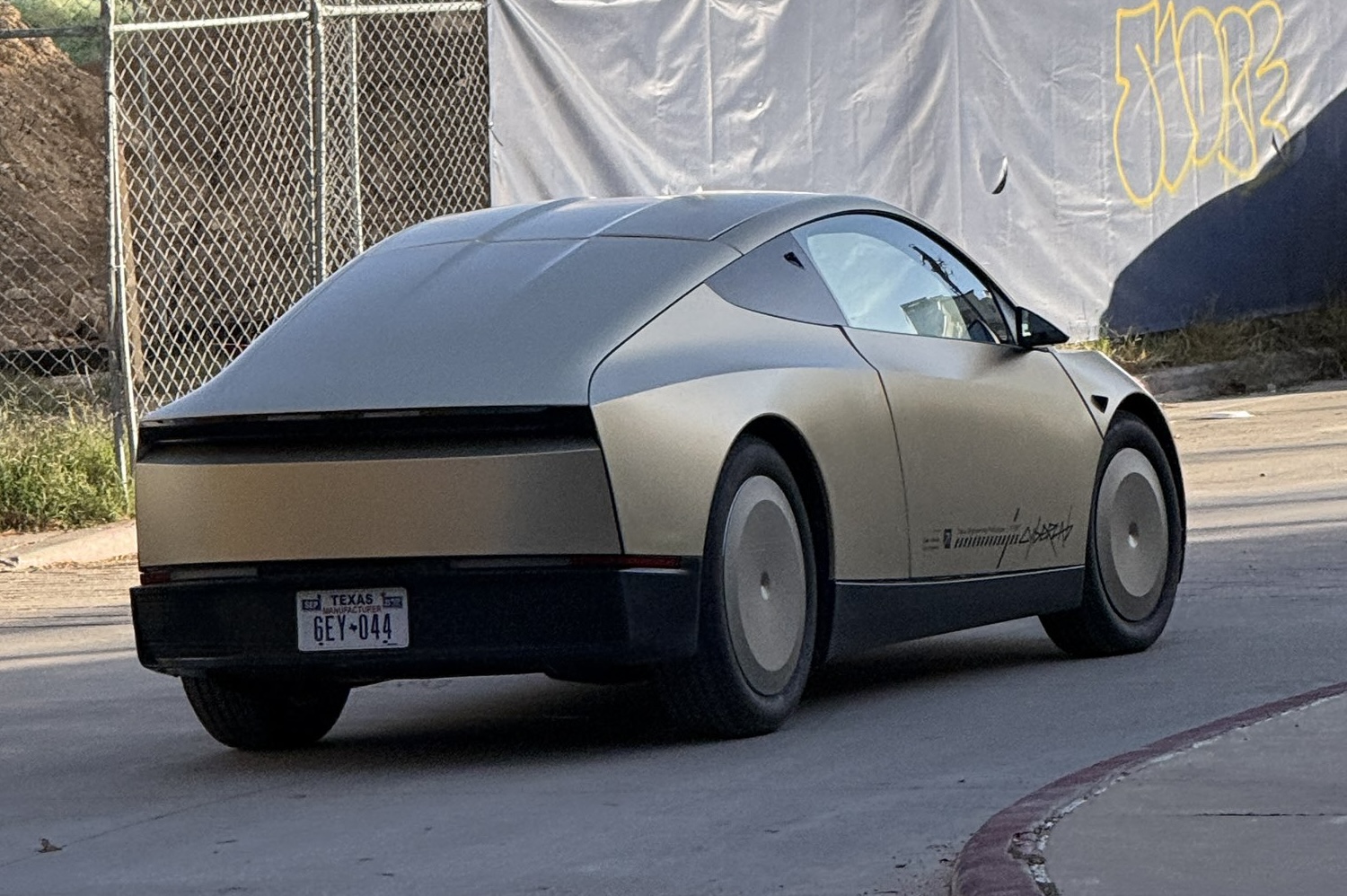
Tesla is ramping its real-world tests of the Cybercab, with multiple sightings of the autonomous two-seater being reported across social media this week. Based on videos of the vehicle that have been shared online, it appears that Cybercab tests are underway across multiple states.
Recent Cybercab sightings
Reports of Cybercab tests have ramped this week, with a vehicle that looked like a production-ready prototype being spotted at Apple’s Visitor Center in California. The vehicle in this sighting was interesting as it was equipped with a steering wheel. The vehicle also featured some changes to the design of its brake lights.
The Cybercab was also filmed testing at the Fremont factory’s test track, which also seemed to involve a vehicle that looked production-ready. This also seemed to be the case for a Cybercab that was spotted in Austin, Texas, which happened to be undergoing real-world tests. Overall, these sightings suggest that Cybercab testing is fully underway, and the vehicle is really moving towards production.
Production design all but finalized?
Recently, a near-production-ready Cybercab was showcased at Tesla’s Santana Row showroom in San Jose. The vehicle was equipped with frameless windows, dual windshield wipers, powered butterfly door struts, an extended front splitter, an updated lightbar, new wheel covers, and a license plate bracket. Interior updates include redesigned dash/door panels, refined seats with center cupholders, updated carpet, and what appeared to be improved legroom.
There seems to be a pretty good chance that the Cybercab’s design has been all but finalized, at least considering Elon Musk’s comments at the 2025 Annual Shareholder Meeting. During the event, Musk confirmed that the vehicle will enter production around April 2026, and its production targets will be quite ambitious.
